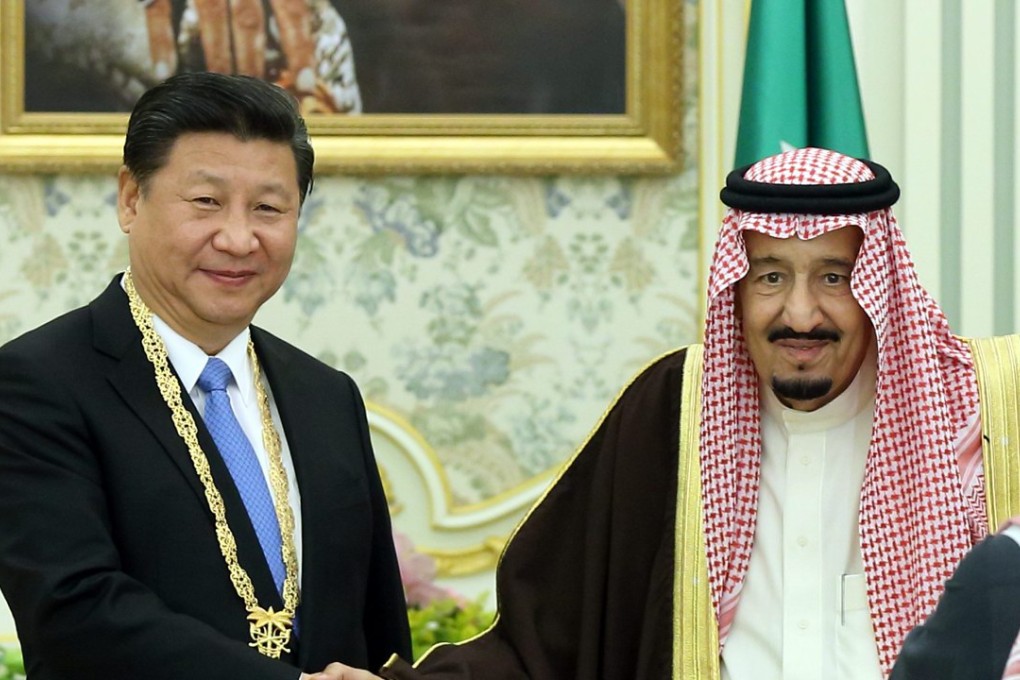Key facts behind China’s warming ties with Saudi Arabia, Iran and Egypt as Xi Jinping signs mega oil deals during his Middle East tour
Oil giants Saudi Aramco and China’s Sinopec sign a framework deal worth up to US$1.5 billion during president’s visit: trips to Egypt and Iran next on agenda as Xi Jinping’s diplomacy push through the Middle East continues

China and Saudi Arabia agreed to expand their bilateral ties to form a comprehensive strategic partnership and boost industrial capacity cooperation on Tuesday during President Xi Jinping’s state visit in Riyadh.
Xi said China would expand oil trade with Saudi Arabia and promote cooperation over new energy, nuclear energy and security.
READ MORE: Xi Jinping to walk fine line on Middle East visit
The Saudi Arabian oil giant Saudi Aramco and China’s Sinopec signed a framework agreement for strategic cooperation on Tuesday, the Saudi state news agency SPA reported.
The deal is estimated to be worth between US$1 billion and US$1.5 billion
READ MORE: Is Xi Jinping the man to defuse tensions in the Middle East? Landmark visit to Iran and Saudi Arabia revealed
Xi will continue his trip to the Middle East by visiting Egypt and later travel to Iran.